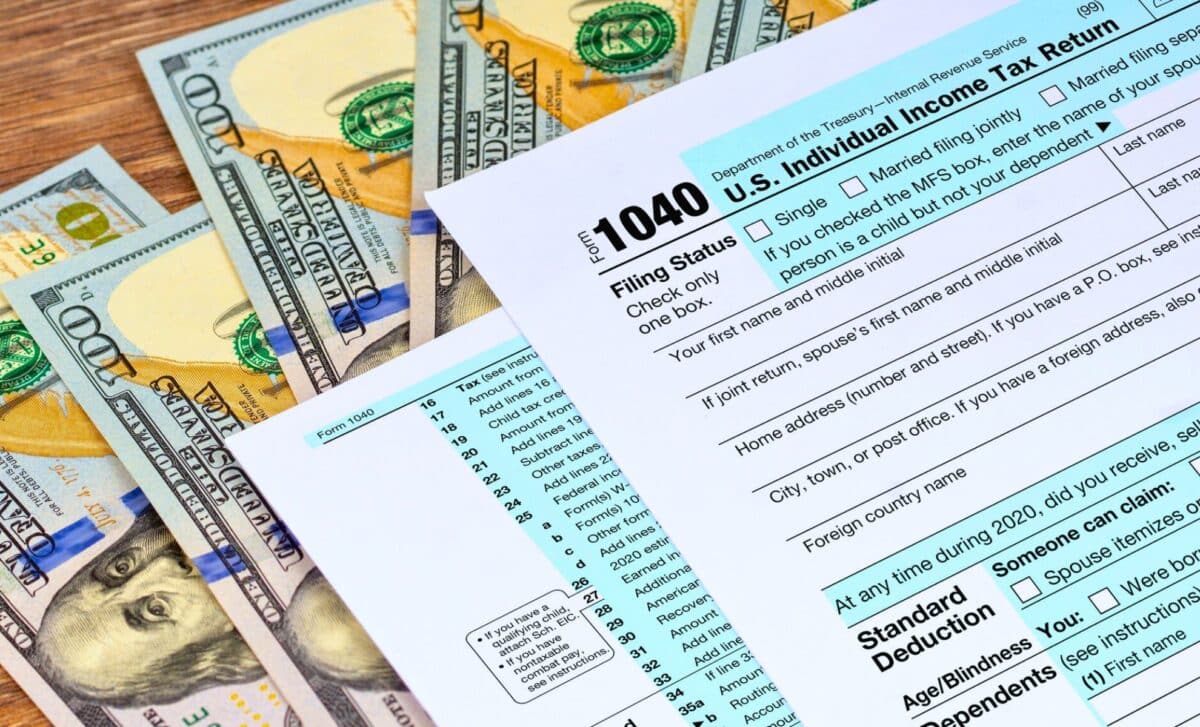The IRS expects approximately 140 million people to file tax returns by April 15, 2025. With tax season underway, the agency has introduced a new online tool to help taxpayers check the status of their refunds. Additionally, a new Direct File program has expanded, offering a free filing option to more taxpayers.
When to Expect a Tax Refund
The IRS states that taxpayers who file electronically should receive their refund within 21 days or less. Choosing direct deposit can speed up the process. For those who file a paper return, refunds may take four weeks or more. Returns requiring amendments or corrections could take longer.
Taxpayers should avoid making financial commitments based on an expected refund date, as processing times can vary.
How to Check a Refund Status
The IRS offers an online tool, Where’s My Refund?, which allows taxpayers to track their refund status within 24 hours of filing electronically or within four weeks of filing a paper return.
To use the tool, taxpayers need:
- Social Security number or individual taxpayer ID (ITIN)
- Filing status (single, married, etc.)
- Refund amount from the tax return
Refund information is updated once per day, typically overnight.
How Tax Refunds Work
A refund is issued when a taxpayer has overpaid throughout the year, often due to withholding from paychecks. Additionally, refundable tax credits, such as the Earned Income Tax Credit (EITC) or Child Tax Credit, can also result in a refund even if little or no tax was paid.
Taxpayers have three years from the original filing deadline to claim a refund.
Earned Income Tax Credit (EITC) Eligibility
The EITC is available to low- and moderate-income workers. To qualify, a taxpayer must:
- Have investment income under $11,600
- Meet earned income limits based on household size:
- $18,591 or below for a single filer with no children
- $66,819 or below for married couples filing jointly with three or more children
Taxpayers can check eligibility using the EITC Assistant tool available on the IRS website.
Child Tax Credit: Who Qualifies?
The Child Tax Credit provides up to $2,000 per qualifying child. A child must:
- Have a Social Security number
- Be under age 17 at the end of 2024
- Be claimed as a dependent on the tax return
The full credit is available to taxpayers earning $200,000 or less ($400,000 if filing jointly).
What’s New for 2025?
The IRS has expanded its Direct File program, allowing taxpayers in 25 states to file their taxes for free directly with the agency. This is an increase from 12 states in last year’s pilot program.
The program is designed for taxpayers with simple W-2 income and does not require commercial tax preparation software. In 2025, users of the pilot program claimed over $90 million in refunds, according to the IRS.
With tax season in full swing, taxpayers are encouraged to file early, check their refund status online, and explore available tax credits to maximize potential refunds.









